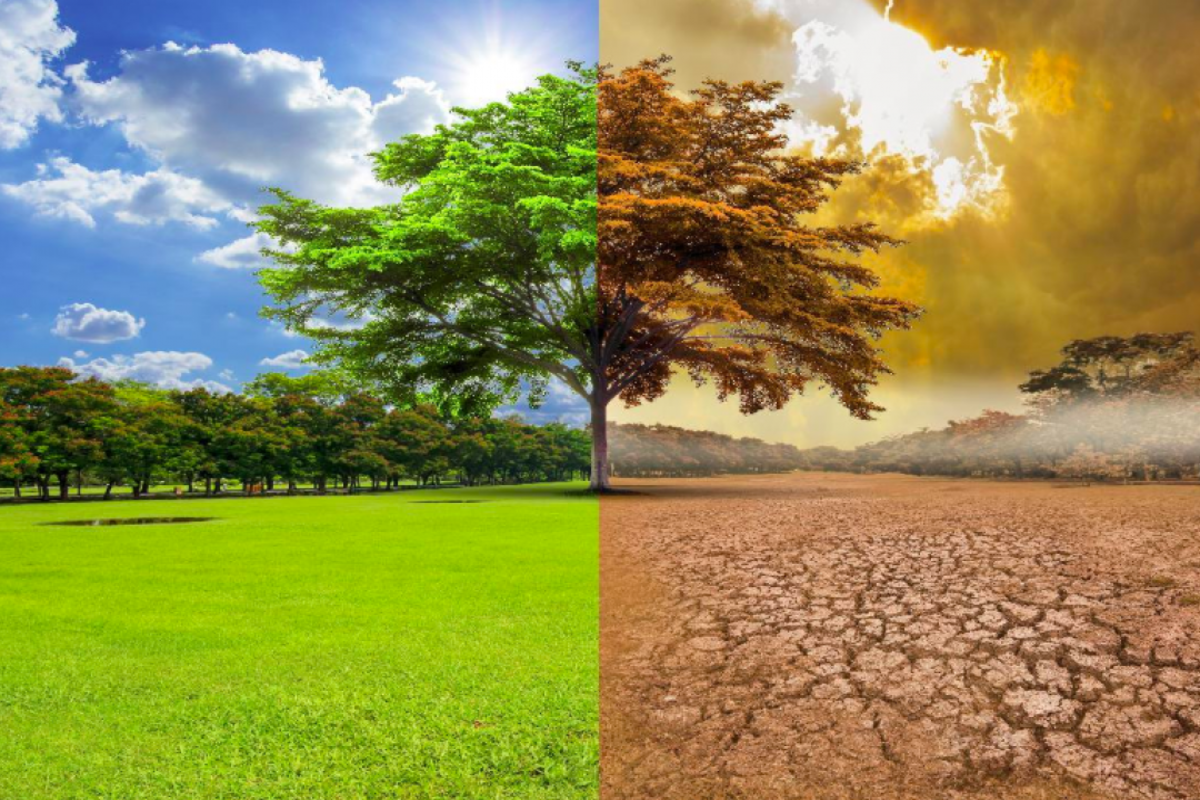The GDP Paradox~II
Successful development practitioners have always recognized the richness of this local wisdom.
To be clear on the context, signatories to the Paris Agreement of 2015 agreed to limit temperature rises to less than two degrees Celsius above preindustrial levels by bringing emissions to net zero in 2050.

The slow pace of global action on climate change has prompted some in the developed world to talk up the concept of a ‘carbon border tax’. But any effort to implement such a move will have significant implications for developing countries. To be clear on the context, signatories to the Paris Agreement of 2015 agreed to limit temperature rises to less than two degrees Celsius above preindustrial levels by bringing emissions to net zero in 2050. Earlier this year, an initial assessment covering 40 per cent of the signatories to the agreement showed little progress had been made.
So, with voluntary actions more or less stalling, the European Union (EU) in July 2021 proposed a comprehensive plan to boost climate change mitigation efforts. The plan includes a Carbon Border Adjustment Mechanism (CBAM), which aims to equalize the fees on the carbon content of goods in the EU regardless of where they were produced by imposing carbon border taxes. For starters, the proposal covers cement, iron and steel, aluminium, fertilisers, and electricity.
World Bank economists Elena Ianchovichina and Harun Onder write that the proposed CBAM could help alleviate “leakage” ~ as of today, when emissions are restricted in the home country, for example by cap-and-trade mechanisms, firms can relocate production to other countries to avoid restrictions thereby creating so-called pollution havens. Consumers in the home country can then buy cheaper, carbon-tax-free imports rather than the more expensive domestic alternatives.
Advertisement
The fact that most high-income countries have become net importers of CO2 while most developing economies are net exporters indicates that leakage is a serious problem. Carbon border taxes can suppress this effect by effectively equalising carbon prices for domestic and foreign producers in the home market. But who is going to convince political-policy establishments in developing countries, especially those operating in a democratic set-up, tasked with lifting millions out of poverty through rapid economic growth? Although developing countries may gain significantly from global mitigation efforts over a longer period of time given their greater exposure to climate risks, in the short run they may have little incentive to undertake costly emission reductions.
Can the CBAM incentivise the global South to comply? The World Bank paper points out that without carbon pricing, each country produces until the marginal value of its good drops to zero (the price of emissions). If the advanced country imposes a carbon price which reduces its emissions the developing country has a choice: Either comply and implement the same carbon price domestically or face a tariff at the border that is equivalent. For some countries pricing the carbon domestically, and avoiding the border taxes, may be the least costly option.
But major developing nations with large populations would consider such an approach tantamount to coercion and a pushback would almost certainly be forthcoming.
Advertisement